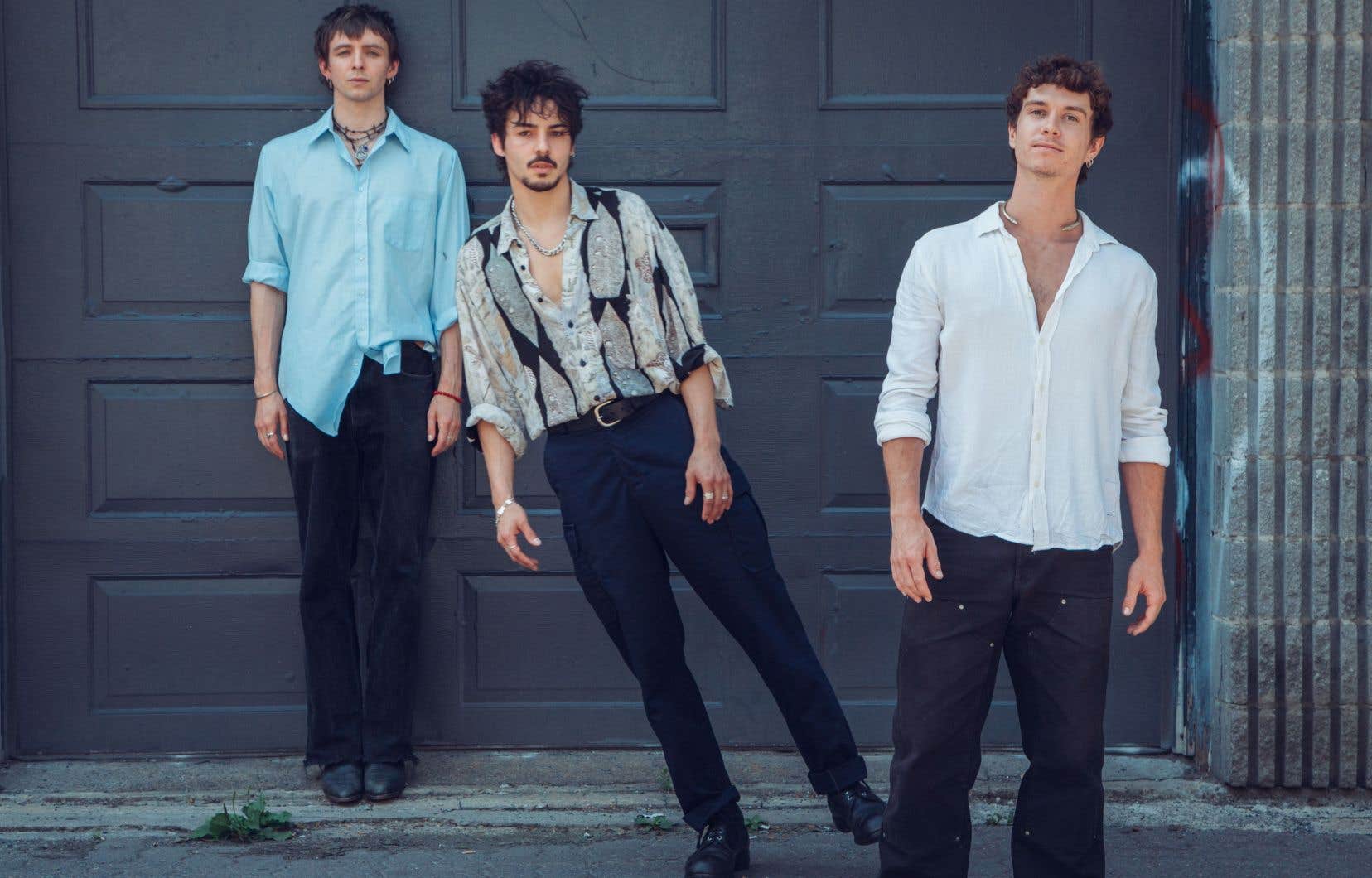They are six, from four countries, dedicated to collective creation in the purest sense of the term and speak the same language: one in which contemporary dance, theatre and circus come together in unison. A dialect tinged with surrealism that the People Watching company considers inseparable from circus art, given the diversion of various objects for acrobatic purposes and the physical feats that transgress the usual and leave one speechless. After having first presented his first show, Play Deadlast year at the La Chapelle theater, as part of the exploratory section L’autre cirque of the Montréal complètement cirque festival, this year she is taking over the Tohu to reveal it to the general public.
It was at the National Circus School that Brin Schoellkopf (from Vermont), Jérémi Lévesque (from Quebec), Sabine Van Rensburg (from South Africa), Natasha Patterson (from California), Ruben Ingerwen and Jarrod Takle (both from Australia) met, admired each other and formed a strong friendship. While it was clear to the six artists that they wanted to work together, since they did not all graduate in the same year, each began their own career path. However, some of these paths crossed, such as those of Schoellkopf and Van Rensburg, who were from Passengersand those of Lévesque and Patterson, members of the team of Reversibletwo shows by the 7 Fingers, which only cemented their ties, as well as their shared vision.
Then came the relentless pandemic. However, it turned out to be rather favorable to the birth of the first opus of what was not yet People Watching. While Takle and Ingerwen were certainly immobilized in Oceania, the four other comrades moved into the same loft and devoted themselves to creation without interruption or outside distraction, conditions extremely rare in the current era.
The confinement has also influenced the content of Play Dead. Not only does its scenography sketch a domestic framework, but the show is particularly interested in “the intimacy, the absurdity” of living together and the visceral need for others, explains Brin Schoellkopf. For the members of People Watching, this imposed break also evokes the end of the carefree nature of youth. Jérémi Lévesque speaks of an “awareness of our relationship to friendship, love, death, and the fragility of all that.” These themes naturally lead to a reflection on appearances. “When it cracks,” he adds, “what is hidden behind it? We approached this question in different ways, without it being fatalistic.”
Rethinking the circus
Nourished by these considerations, the sextet set out to conquer the Holy Grail of contemporary circus: to develop a meaningful work free of discontinuities. “From the beginning, we wanted to move away from the number-transition-number model,” says Lévesque. “However, it’s nice to say it—and I feel like I’ve heard it in half the projects I’ve participated in—but we usually end up falling back into the numbers format, because of the circus apparatus.”
This is why the six companions made the bold choice to renounce their respective specific expertise. Because creating from given circus disciplines would have predetermined “what the world we tried to build with the show will contain,” explains Takle. The creative process would have been oriented towards justifying the use of these disciplines (the Korean board for Lévesque and the wire for Schoellkopf, for example) rather than allowing them to be chosen according to what the artists wanted to express. However, the dramaturgical aspect occupies a cardinal position in their approach. “In the circus, often, from one scene to the next, there is a kind of wipe and reset : we sweep the stage, we put on a new device. We wanted the feelings to flow throughout the performance, to find more natural ways to move from one thing to another through writing.”
In addition to marrying dance, circus and “physical theatre,” People Watching’s work is infused with cinematic influences. “It’s in our visual vocabulary, in the way we compose the image. There are even certain moments in the show that are based on an image that we wanted to set in motion.” The challenge, says Brin Schoellkopf (who would like to make a film based on Play Dead), was therefore “to find [entre ces tableaux] transitions”… which would not seem to be transitions.
The group also refines its composite aesthetic, marked by a certain “black humor,” as Lévesque says, during immersive performances. As Jarrod Takle enthusiastically states, he and his colleagues are fond of in situ performances, “where anything can happen, where we can interact with the audience, bring them into our world.” And the troupe would like to export this world to other art forms. “We want to continue to explore different sources of creation,” says Jérémi Lévesque passionately, “working with people who are more into costume design or even fashion. We also want to collaborate with visual artists and do installations, video, and photography.”
While waiting to explore new disciplinary territories, the collective will try to conquer new lands. Because, after Montreal completely circus, it will take a walk Play Dead in Germany, Spain, the Netherlands and Norway. And it is nominated for the very first Propulsion Award for innovation and enrichment of circus arts from the Conseil des arts de Montréal (in partnership with En piste, the national circus arts group) that the company will undertake its tour. A very nice business card.
